Tom Parker Bowles's Tour de Fromage, from creamy Camembert and spicy, pungent Époisses to the 'mighty, swaggering Roqueforts'
The chef and food writer Tom Parker Bowles picks out his all-time favourite cheeses from across the Channel in France, from buxom, creamy Camembert to mighty, swaggering Roquefort.


'How can you govern a country that has more than 246 varieties of cheese?’ It was a question that vexed Gen Charles de Gaulle and one that probably still puzzles President Macron to this day. If wine is the blood that flows thick through France’s veins, then cheese is her soul, a lavish chanson d’amour — be it soft or hard, cow, sheep or goat, ash covered or washed rind — to La République.
Maurice Edmond Sailland, the founder of L’Académie Gastronomique, claimed that there were more than 800 cheeses across the land — although Ned Palmer, in his wonderful new book A Cheesemonger’s Tour de France, suspects there ‘might be a little hyperbole involved’ in that figure. As he points out, ‘trying to count all the individual cheeses in France is a hopeless endeavour anyway’ as, despite an ongoing British cheese revolution (albeit sans guillotine), France is still seen as the grande dame of world cheese, the big, well, fromage.
France is a vast country, with all manner of terrain, from wildflower-filled mountain meadows to scrubby Provençal hillsides, lush Normandy pastures to damp, limestone caves. Terroir, that glorious combination of soil, topography and climate, is everything. Cheese is as much a signifier of place as any accent or burr. ‘When you make a really good cheese,’ explains Andy Swinscoe of The Courtyard Dairy in North Yorkshire, ‘you capture the essence of the place, its very identity.’ There’s a cheese for every mood and whim. Buxom, creamy Camembert and Brie de Meaux; spicy, pungent washed-rind Époisses and Ami du Chambertin; firm, nutty Comté and Beaufort; tiny, delicate, ash-covered goat’s cheeses and mighty, swaggering Roqueforts.
How French cheese is made
Cheesemaking may seem the most simple of arts — milk your ruminant beast of choice, heat it gently then add a lactic-acid bacterial culture (or ‘starter’), plus rennet (an enzyme traditionally derived from the stomach of a ruminant), which sets the milk and separates the milk from the curd. The cheese is then put into moulds, salted and ripened by an affineur. And voila, you’ve transformed milk into something solid and long lasting.
The Devil is, as ever, in the detail. What did the animal feed upon? And at what time of the year? How much salt, starter or rennet is added? And what variety? Is the curd cut before moulding or left alone? How much do the naturally occurring cultures in the cheesemaking room add to the finished result? Is the cheese mould ripened or rind washed or simply coated in ash, cinders or hay? And we haven’t even started on the affinage, or ageing, perhaps the most important stage of all.
The creation of fermier (‘farmhouse’ and made on the farm from the milk of its own herd) and laiterie cheese (‘artisan’, made from locally bought milk) is as much an art as it is a science, not merely a chemical process, but a complex labour of love. What unites all the great French cheesemakers, says Mr Palmer, is ‘love — for their animals, for their pastures, for their patrimony and for their pays’. The same could be said of great cheesemakers the world over. This is all about passion and pleasure over profit.
To pasteurise or not to pasteurise?
Many of the great names, from Camembert de Normandie and Comté to Reblochon de Savoie and Roquefort, have the designation AOC (Appellation d’Origine Contrôlée), which, as with wine, gives legal protection to the method and area of production. This is a mainly good thing. Yet not everything is quite parfait. Not only can AOC appellation be used on markedly inferior factory-produced cheeses (in fact, many AOCs were created by industrial producers), but there’s also a trend towards pasteurised over raw milk.
Sign up for the Country Life Newsletter
Exquisite houses, the beauty of Nature, and how to get the most from your life, straight to your inbox.
This pasteurisation process may kill any (admittedly rare) nasty bugs. However, as Mr Palmer notes, ‘by flattening out the variation between milk produced in different places, you could ask how much pasteurised cheeses can really express the terroir of their pays.’ I agree. Although the French are still the biggest consumers of cheese in the world (a stonking 26kg a year per person), the vast majority of cheese sold is pasteurised and industrially produced. Could the specialist fromagerie be going the same way as le dodo? Quelle horreur!
Children of cheesemakers, too, are put off by the long hours and tiny returns. And Brexit continues to wreak havoc on small food producers on either side of la Manche — importing proper French cheese into the UK is more bound in red tape than ever. Prices have rocketed, too, meaning that some chefs I’ve spoken to in London have given up on selling French cheese altogether. Which may be good news for our native cheesemakers (who are, of course, blessed), but less than ideal for both l’Entente Cordiale and plain, unfettered pleasure.
Despite my love for Montgomery’s Cheddar, Baron Bigod and Mrs Kirkham’s Lancashire, I still crave a taste of France. How drab life is without a generous slice of nutty aged Comté or a fat wodge of runny Brie, a sweet, pretty Provençal Banon or the mighty Munster. But as long as we continue to desire (and buy) all these magnificent cheeses, there’s hope — there always is. So, vive le fromager! Vive l’affineur! And vive la France!
Comté
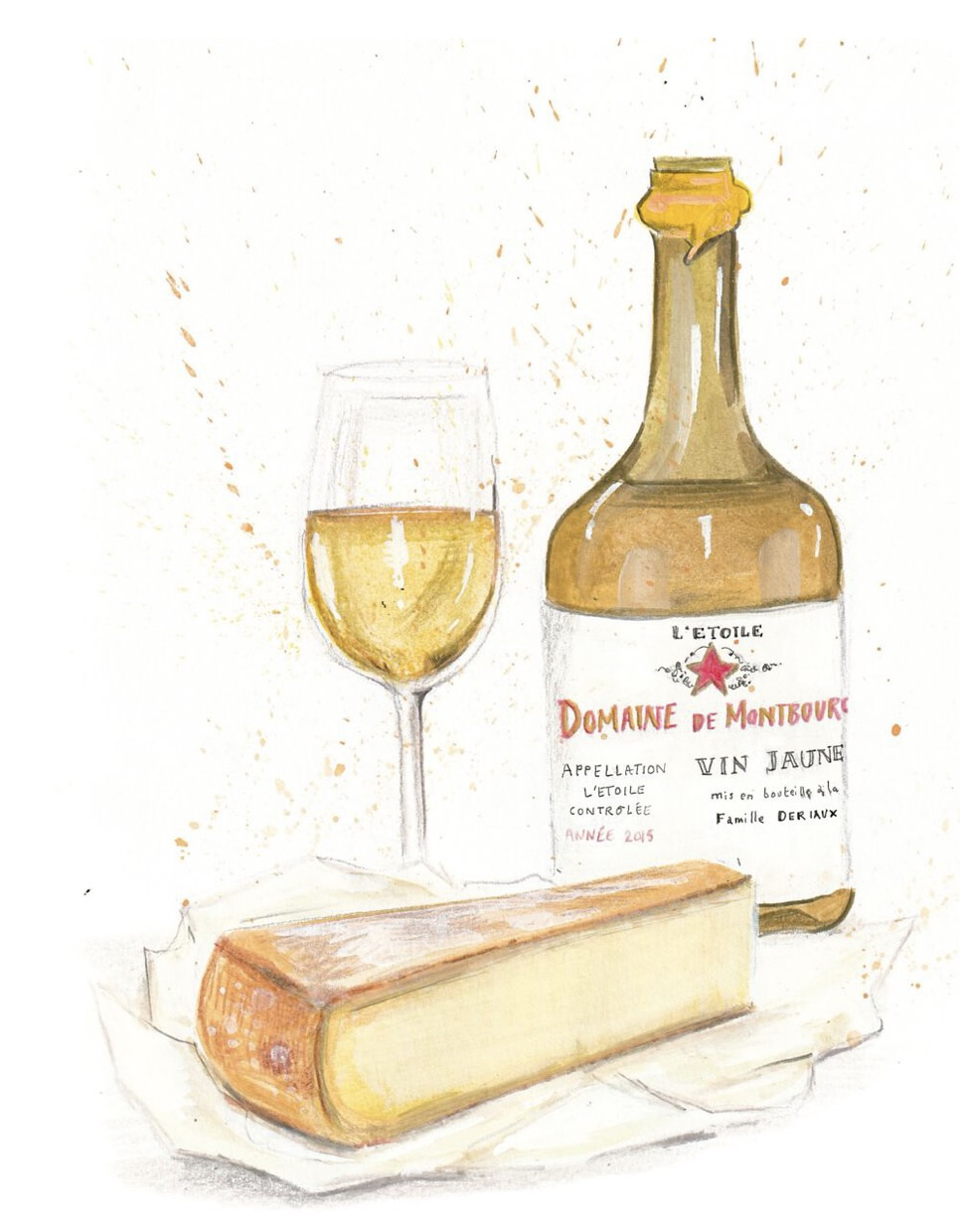
Savour each mouthful of Comté’s complex flavours, developed for three years in enormous wheels.
A French Alpine legend, Comté is made with unpasteurised cow’s milk, in vast 5st wheels.
Traditionally aged in caves (or, more likely these days, temperature-controlled, purpose-built caves d’affinage), for up to three years, it has a hard, but yielding texture.
The flavours develop with maturity, from nutty with a soft caramel sweetness when young to savoury, mellow and thrillingly complex when taken to 36 months.
Serving suggestion Eat with a glass of vin jaune or a big, ballsy Gigondas.
Roquefort
Roquefort-sur-Soulzon is a village in Aveyron department of southern France, a wild and windswept place where neither grape nor grain flourish. However, what it does have is miles of limestone caves, which are damp, cold and ideal for the maturation of Roquefort, a world-famous blue cheese made from unpasteurised sheep’s milk. True Roquefort can only come from the village.
Legend has it (and legend usually does) that, one hot summer’s day, a lusty young shepherd, eating his lunch in the cool of a local cave, spotted a pulchritudinous young lady and put down his cheese sandwich in order to better pursue her. He returned a few days later to find the bread had gone mouldy, but the cheese had taken on handsome blue pockmarks (thanks to the Penicillium roqueforti), which apparently tasted delicious. Roquefort was born. ‘This is not a shy cheese,’ notes Mr Palmer — and he’s right. It’s big and bold, packed with umami, with a good jolt of fruit and an ovine bite. There’s acidity, too, and minerality and a long, peppery finish.
Serving suggestion Enjoy with a good Sauternes and a fistful of walnuts.
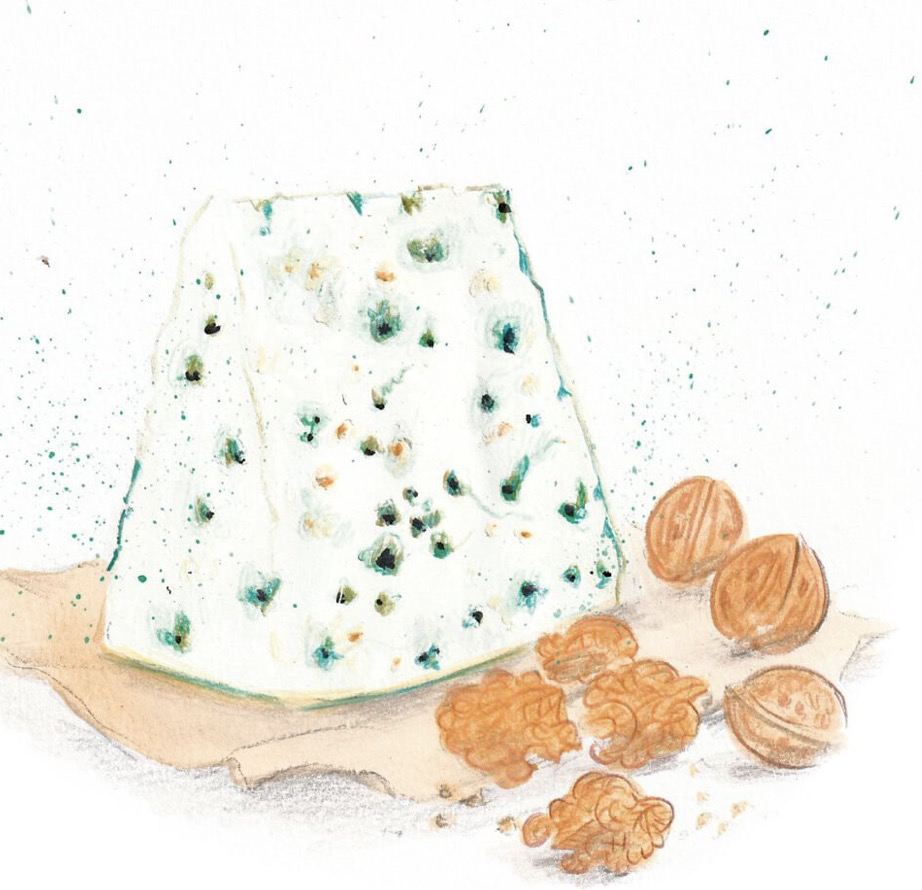
Fear no monsters in the caves of Roquefort, where the famous bold, blue cheese is lovingly aged.
Vacherin Mont d’Or
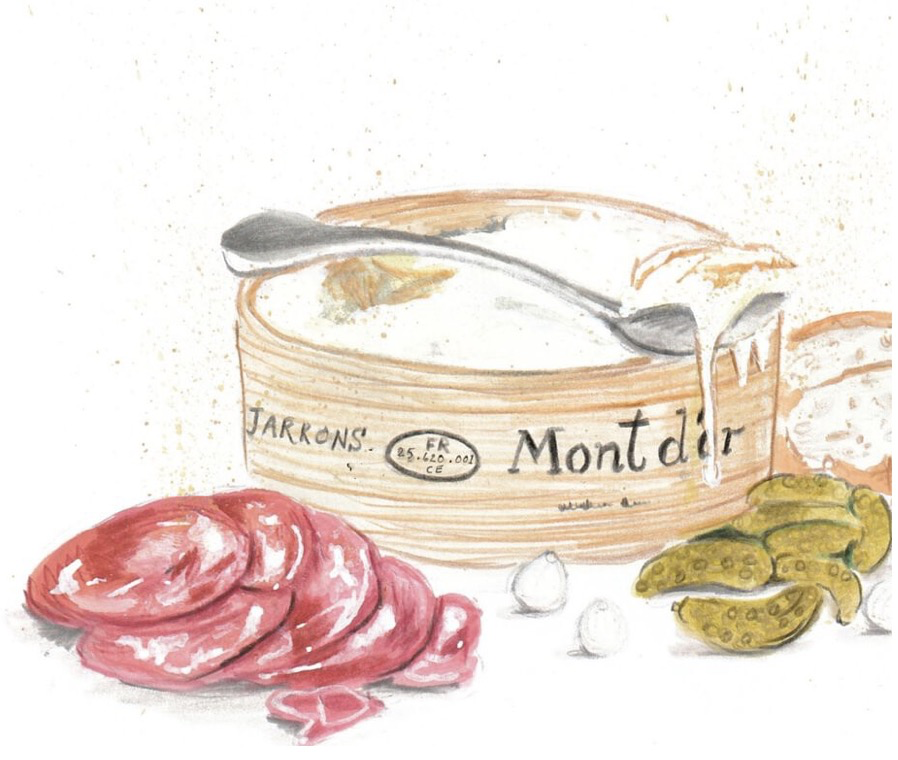
Another Alpine classic, the Vacherin Mont d’Or season runs from September to March and it can only be made from August 15-March 15. At the end of the summer, when the cows descend the mountain, their milk becomes more fatty and rich and not ideally suited to making Comté. There also simply wasn’t enough to form those huge wheels.
So Vacherin was born, a washedrind, unpasteurised cow’s-milk cheese, wrapped in a strip of spruce bark, which not only keeps its shape, but adds a subtle resinous scent. Best eaten with a spoon when almost entirely liquid (or baked with garlic, rosemary and white wine), this is one of the true joys of winter; lavish, sumptuous and lusciously splendiferous.
Serving suggestion Feast with cornichons, tiny pickled onions and charcuterie and lots of crusty baguette. To drink, a crisp, sprightly Côtes du Jura.
Époisses
They say that it’s illegal to carry this brine-and-Marc de Bourgogne-washed-rind cow’s cheese on le Métro, such is the power of its pong. Make no mistake, this small, wrinkled orange-rinded beauty has a pungency that could stop a rampaging rhino in its tracks. Yet this is a true Burgundian beauty, the rich, spicy, meatily lascivious flavour rather less in-your-face than the smell. It’s ripened for about a month before selling.
Serving suggestion Eat with a big Burgundy, a shot of Marc de Bourgogne, a cool glass of Poire Williams or a big gulp of Calvados.
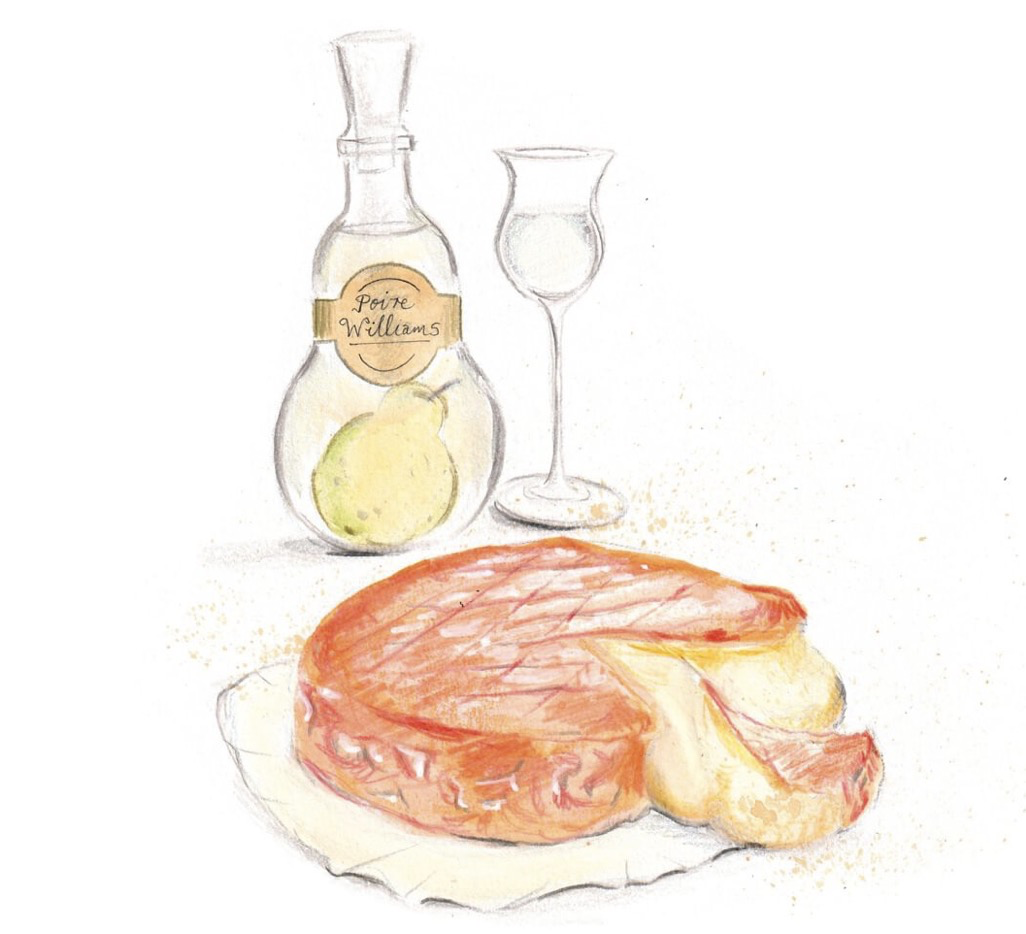
The proof is in the pong: the Burgundian beauty that is Époisses is rich and ripe
Sainte-Maure de Touraine
Ok, I’m the first to admit I’m not a fan of goat’s cheese. The stronger varieties taste too, well, overwhelmingly goaty, like licking a farmyard floor. But Sainte-Maure, a log-shaped, crumbly-textured cheese from Touraine, is coated in charcoal ash (which enhances the flavour) and has a gentle mineral acidity, with rich, nutty notes. It also has a piece of straw running down its centre, to assist with handling when the young cheese is very delicate.
Serving suggestion Serve with crisp, sharp dry Sauvignon wines and fresh, fecund figs.
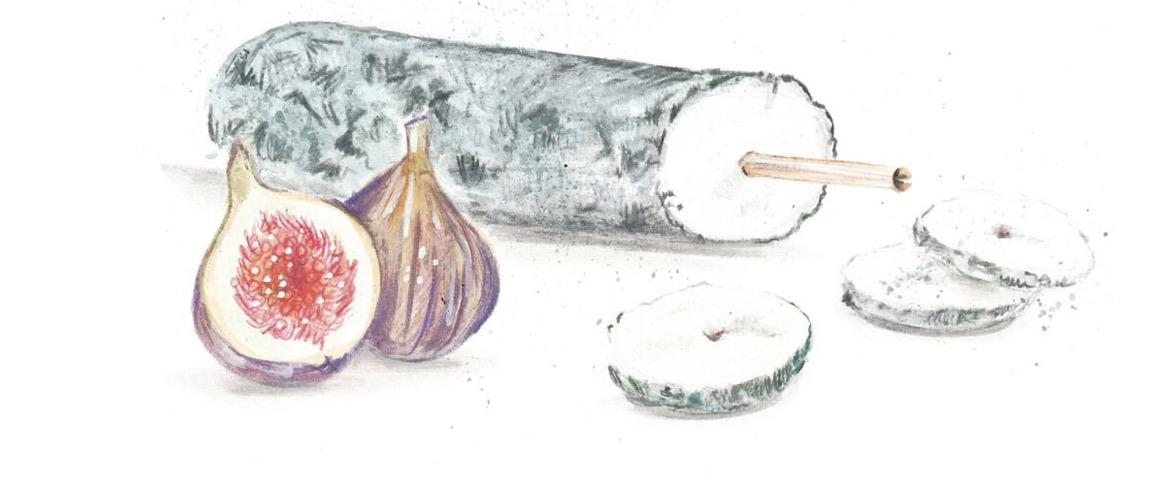
A most delicate goat’s cheese, crumbly Sainte-Maure de Touraine is strengthened with straw.
Brie de Meaux
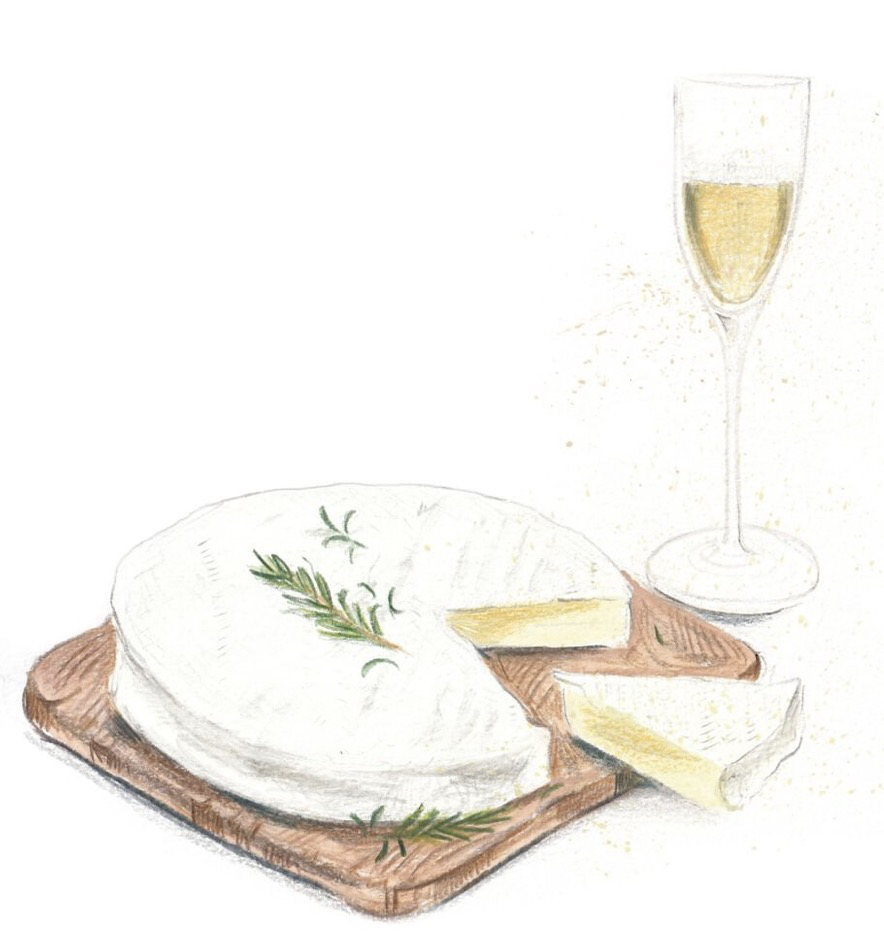
Spurn all imposters and raise a glass of finest Champagne to the real Brie de Meaux.
Forget those sallow, insipid, factory-made imposters — the real Brie de Meaux should live up to its title of le roi des fromages, with its crumpled, orange-speckled rind, oozing texture and notes of mustard, pepper and thick cream. ‘One of the greatest of French cheeses,’ declares Waverley Root in The Food of France. Made in Île de France, the region that surrounds Paris, there were traditionally dozens of different bries. Only Brie de Meaux and Brie de Melun, however, are officially recognised as AOCs.
Some purists argue that brie is only properly matured when the centre (or ‘paste’) is runny throughout, although others claim a chalky, firm stripe left in the middle — l’âme du fromage, or ‘soul of the cheese’ — is better still.
Serving suggestion Eat with Champagne or a good Pinot Noir.
Tom Parker Bowles is food writer, critic and regular contributor to Country Life.
-
 Designer's Room: A solid oak French kitchen that's been cleverly engineered to last
Designer's Room: A solid oak French kitchen that's been cleverly engineered to lastKitchen and joinery specialist Artichoke had several clever tricks to deal with the fact that natural wood expands and contracts.
By Amelia Thorpe
-
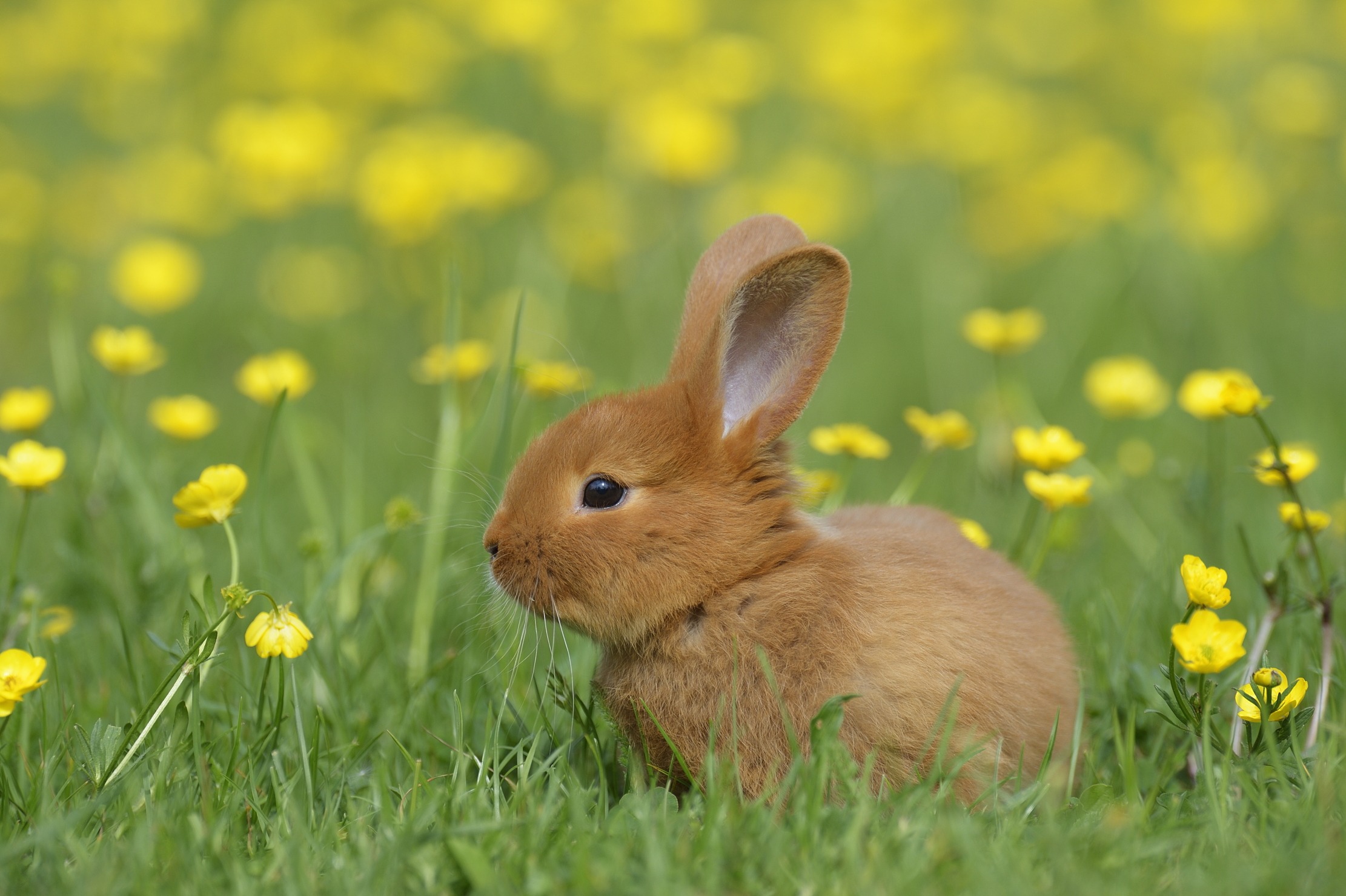 Chocolate eggs, bunnies and the Resurrection: Country Life Quiz of the Day, April 18, 2025
Chocolate eggs, bunnies and the Resurrection: Country Life Quiz of the Day, April 18, 2025Friday's quiz is an Easter special.
By James Fisher
-
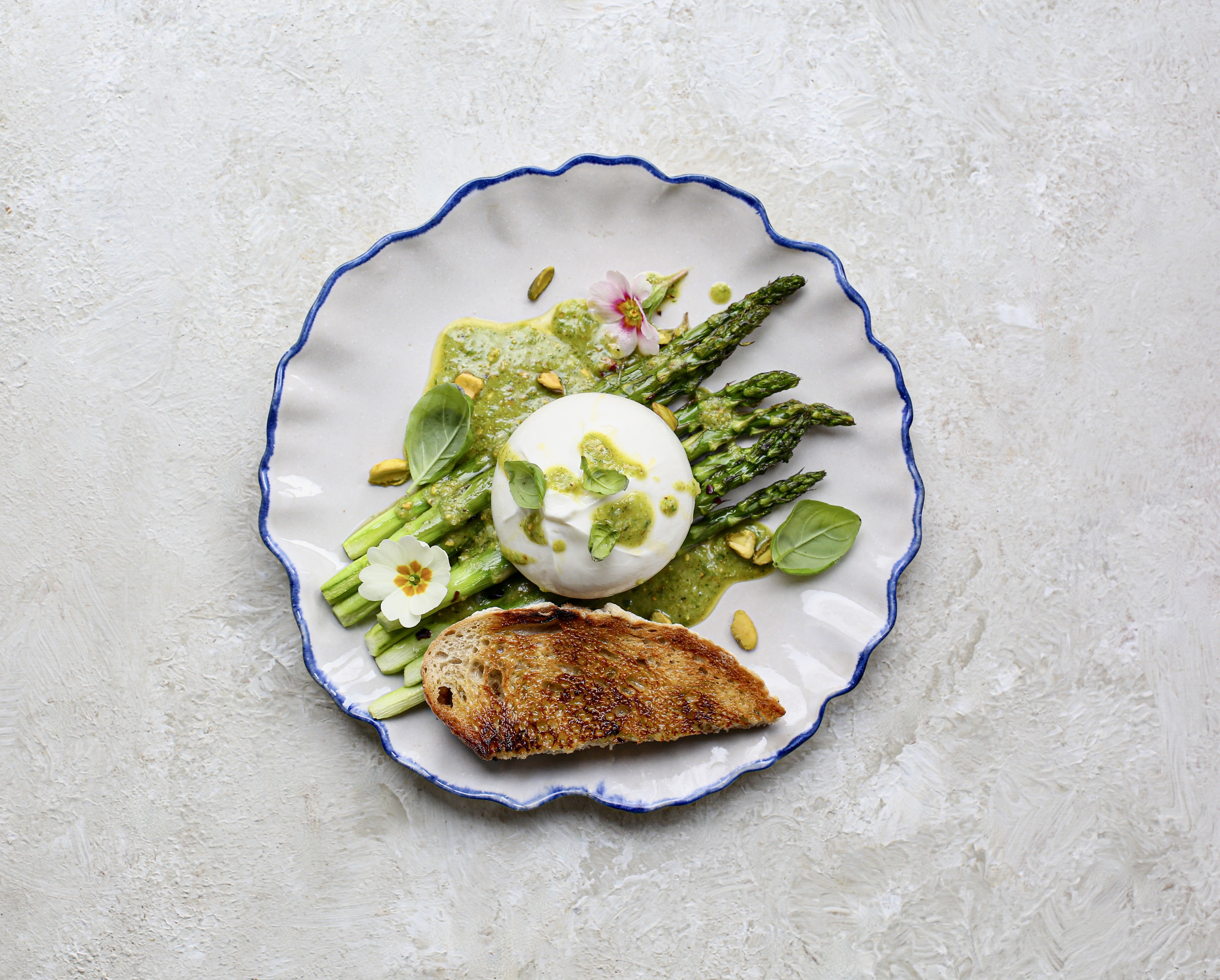 Two quick and easy seasonal asparagus recipes to try this Easter Weekend
Two quick and easy seasonal asparagus recipes to try this Easter WeekendAsparagus has royal roots — it was once a favourite of Madame de Pompadour.
By Melanie Johnson
-
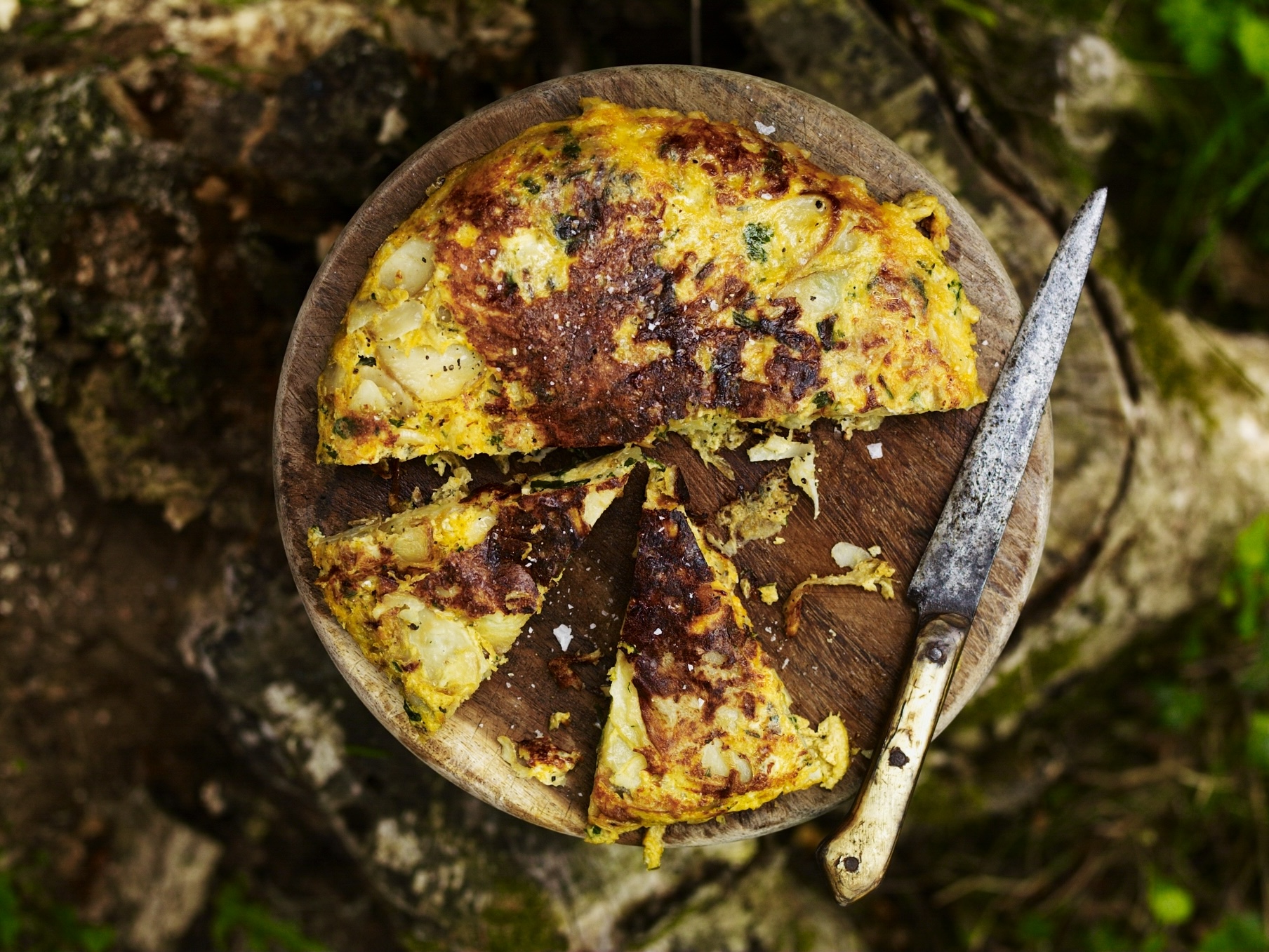 Gill Meller's recipe for a seasonal new potato omelette, with smoked garlic, onions and Cheddar cheese
Gill Meller's recipe for a seasonal new potato omelette, with smoked garlic, onions and Cheddar cheeseBy Gill Meller
-
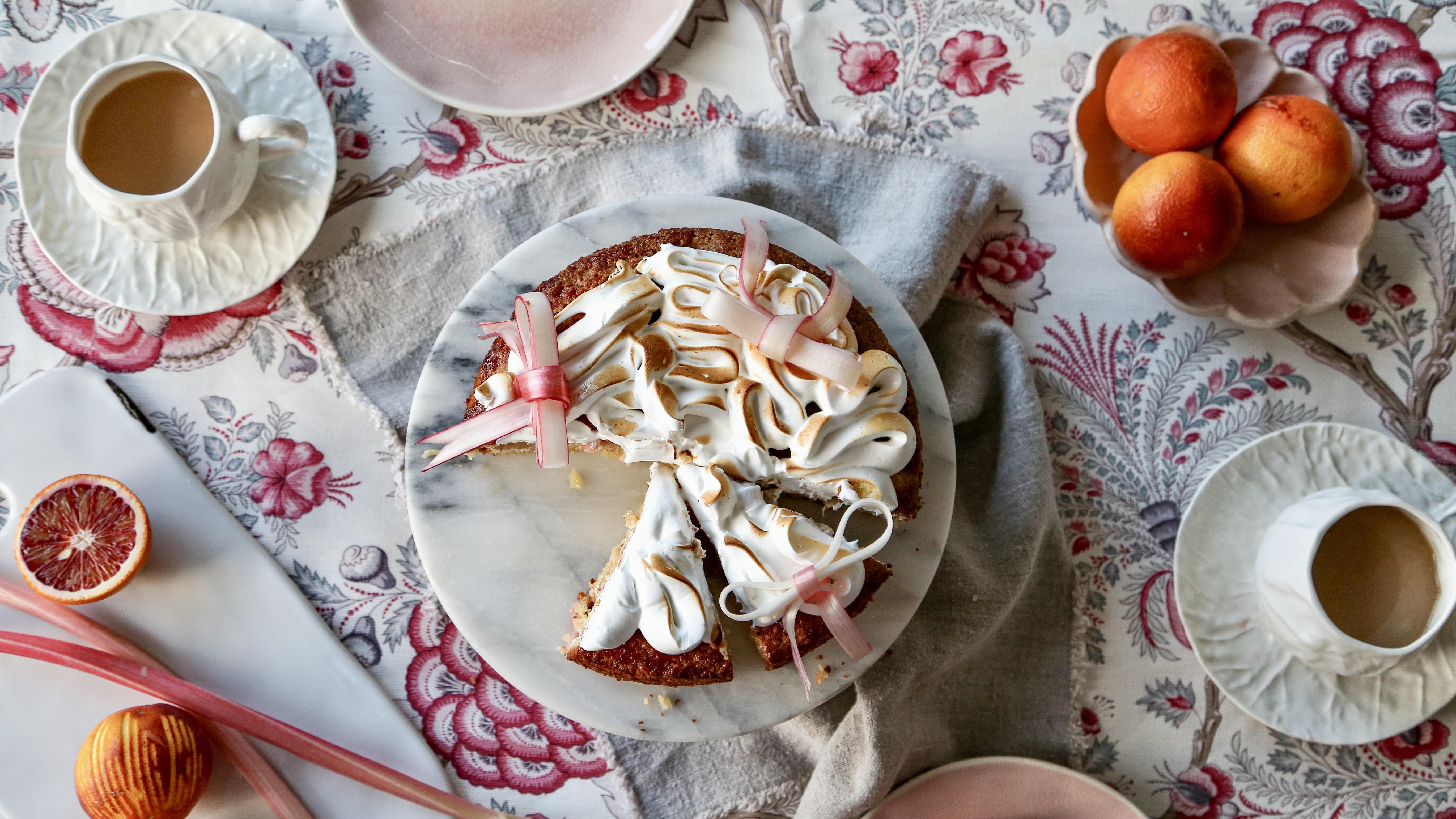 How to make a rhubarb and Swiss meringue cake that's almost too pretty to eat
How to make a rhubarb and Swiss meringue cake that's almost too pretty to eatMake the most of the last few stems of forced rhubarb.
By Melanie Johnson
-
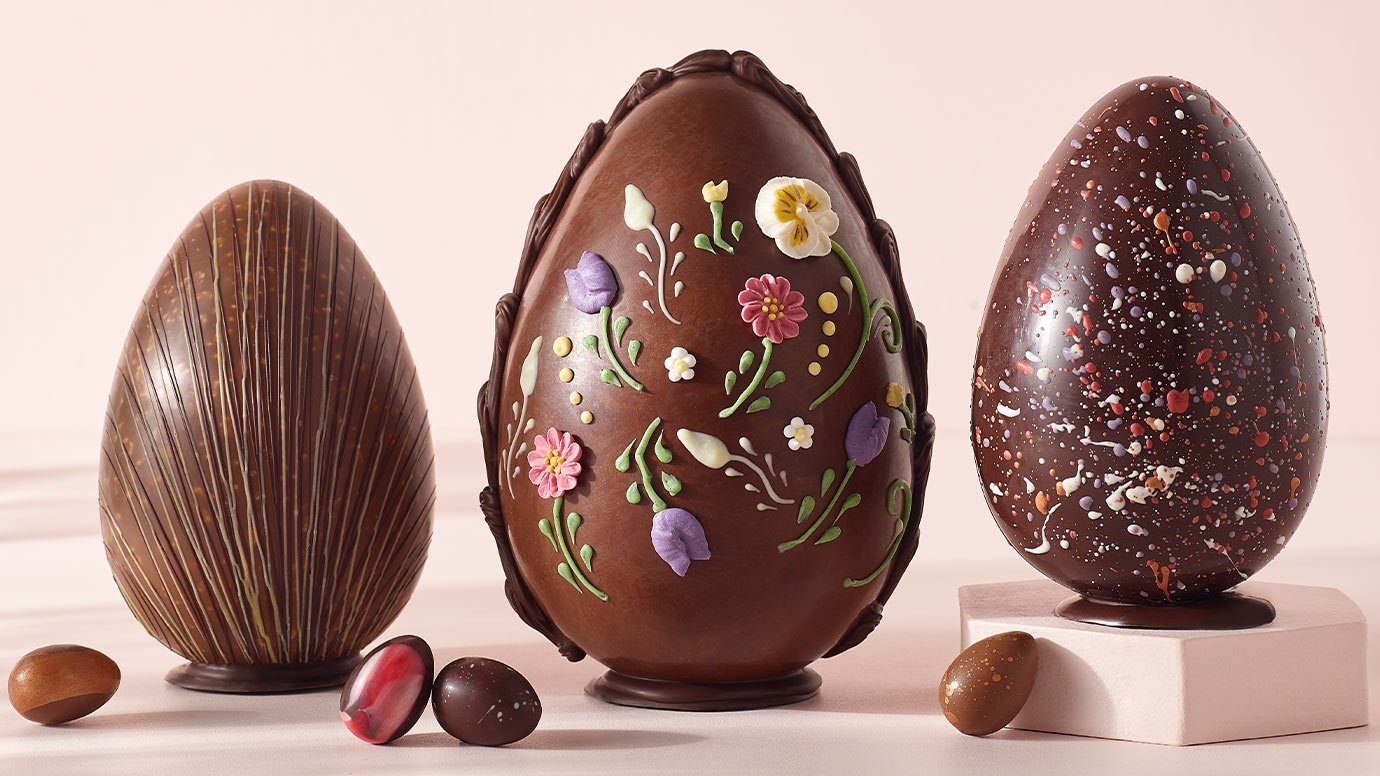 The prettiest Easter eggs for 2025
The prettiest Easter eggs for 2025Warning: Don't read if hungry.
By Rosie Paterson
-
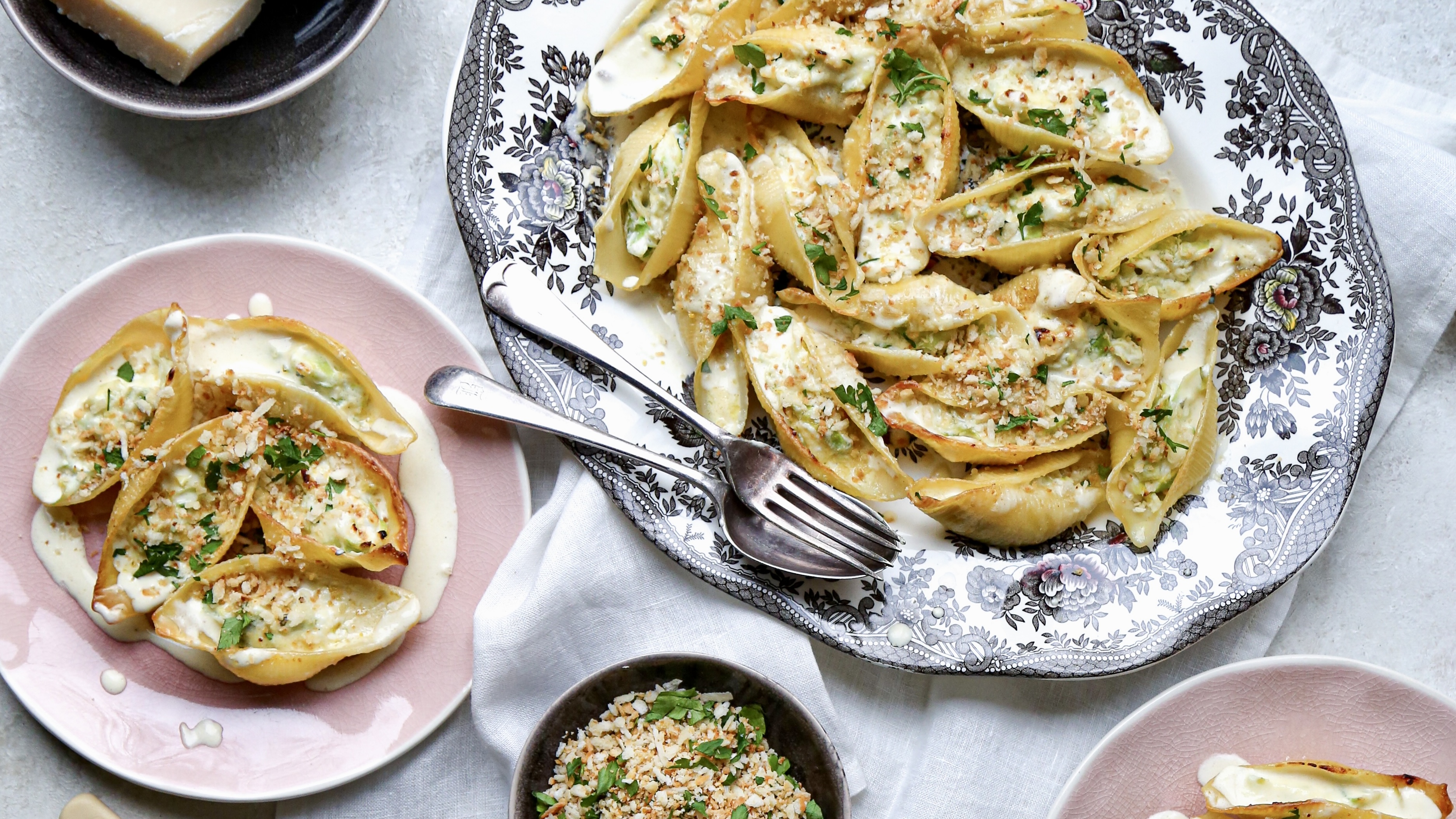 An Italian-inspired recipe for lemon-butter pasta shells with spring greens, ricotta and pangrattato
An Italian-inspired recipe for lemon-butter pasta shells with spring greens, ricotta and pangrattatoSpring greens are just about to come into their own, so our Kitchen Garden columnist reveals exactly what to do with them.
By Melanie Johnson
-
 Curious Questions: What is the greatest April Fool's prank ever played?
Curious Questions: What is the greatest April Fool's prank ever played?As April 1 looms, Martin Fone tells the tale of one of the finest stunts ever pulled off.
By Martin Fone
-
 'For here is pure noodle nirvana': How to make Tom Parker Bowles's favourite Thai soup
'For here is pure noodle nirvana': How to make Tom Parker Bowles's favourite Thai soupThe best bit about south-eat Asian-inspired soups is the fact that you can make them entirely your own, from mellow and comforting to blow-your-head-off hot.
By Tom Parker Bowles
-
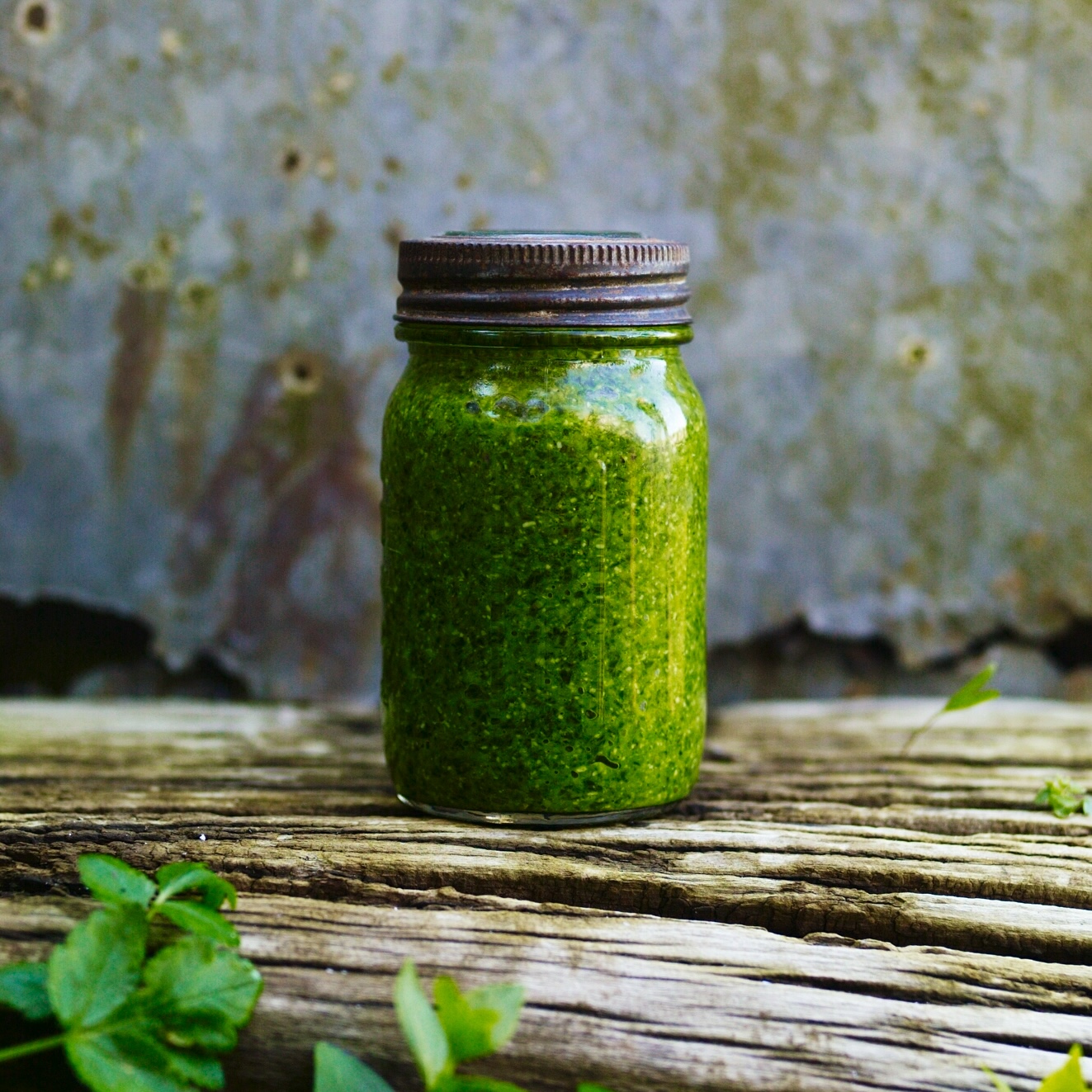 Gill Meller's recipe for wild garlic pesto
Gill Meller's recipe for wild garlic pestoThe appearance of wild garlic is a sure sign that spring is on the way. Make the most of it with this quick and easy recipe for 'intense' pesto.
By Gill Meller